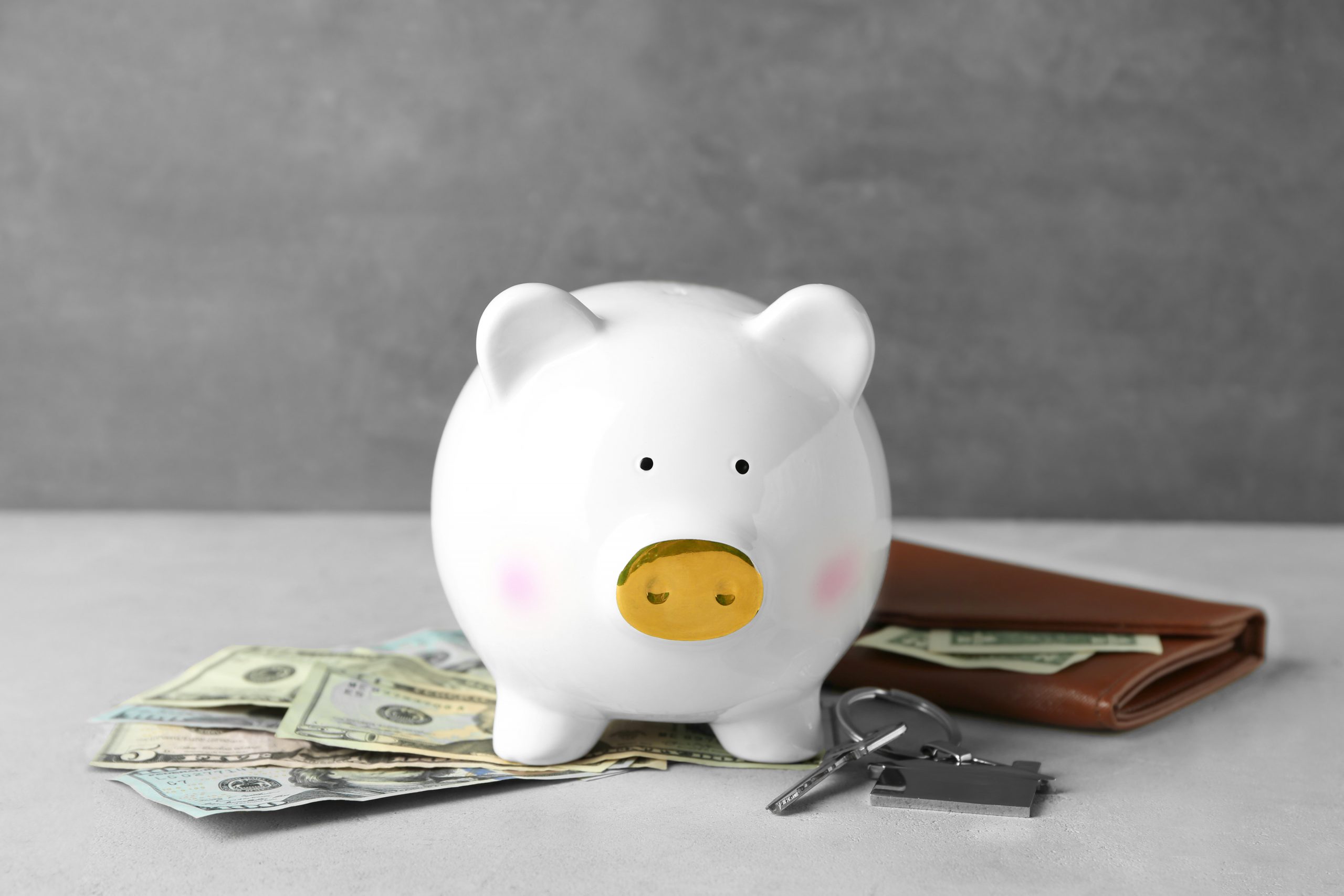What Forms Can Concessions Take?
When someone makes an offer to buy a home, most often the initial offer isn’t the final one. Instead, it’s the start of some back and forth between the buyers and sellers. It’s a starting point. In the sales contract, the buyers can ask the sellers to pay for some or all of the buyer’s closing costs while at the same time allowing the buyers some time to have the home inspected during a specified period of time.
The offer can ask the sellers to pay a certain amount of closing costs in a dollar amount or as a percentage of the sales price of the home. For example, an offer could include language that states something like, “$250,000 for your home and you pay up to $5,000 in my closing costs” or “$250,000 and you pay 3% of the sales price toward my closing costs.” Either way, it’s considered a seller concession. Lending guidelines allow for such concessions but there are limitations.
Maximum Amount of Seller Concessions Allowed:
| Loan Type | Maximum Seller Concessions | |
|---|---|---|
| Conventional: | LTV > 90% | 3% |
| LTV 75.01%-90.00% | 6% | |
| LTV 75% or less | 9% | |
| FHA: | 6% | |
| VA: | 4% + Customary closing costs | |
| RD: | 6% | |
Note: The seller concession amount is a percentage of the sales price of the property.
Conventional Loans Seller Concession Guidelines
For example, with a conventional loan the maximum amount the seller can provide on loans with less than 10% down is 3% of the sales price. On a $250,000 price that equals $7,500. Larger down payments can allow the sellers to provide even more. With a down payment of 10 to 25%, the maximum goes up to 6% and with a down payment of more than 25%, the maximum goes up to 9%. On that same $250,000 home, that 9% represents $22,500 toward closing costs.
FHA Seller Concession and VA Seller Concession Guidelines
On an FHA home loan, the maximum is 6%. A VA loan limits such contributions at 4% while the USDA program allows the sellers to pay up to 6% of the sales price of the home in the form of concessions.
Yet that’s quite a bit of seller concessions compared to the price of the home and in some cases sizable concessions can directly affect the appraisal. How so?
Let’s say an offer is made at $250,000 and the seller agrees to pay 5% toward closing costs. That’s $12,500. But did it take $12,500 from the seller in order to close the deal? Are there recent sales in the area that indicate similar seller concessions? If not, the appraiser could devalue the home making note that while the sales price was indeed $250,000 the sellers had to provide $12,500 in assistance. Would the home be sold at $250,000 without any seller assistance? In this case there would be no question if there are similar sales in the area but sometimes too large of a concession can create valuation problems.
Asking a Seller to Pay Concessions
Your real estate agent can tell you whether or not seller concessions are common in the current environment and if so how much or how little. But when asking the sellers to pay for your closing costs, the seller might need a bit of motivation. After all, you’re essentially asking the sellers to lower the overall price of the home. One way to get the seller’s attention is to have a preapproval letter accompanying your offer. A seller is more likely to accept your request if you’ve already applied for a home loan and all that’s missing is a property address. Another way to get the seller to pay for your closing costs is to pay the list price or something close to.
When sellers work with their real estate agent to set a list price there is usually an ask price and the lowest price the sellers will be willing to accept. If you offer something closer to the list price the sellers might be more willing to pay for your closing costs. But at minimum you do have to ask. Be flexible and work with your real estate agent to craft the ideal offer. You want to get the best deal but you also want to come to the closing table with as little of your own funds as possible.
{{cta(‘a143d19e-d4ac-4cf1-aecf-487e3d6dce14’)}}

